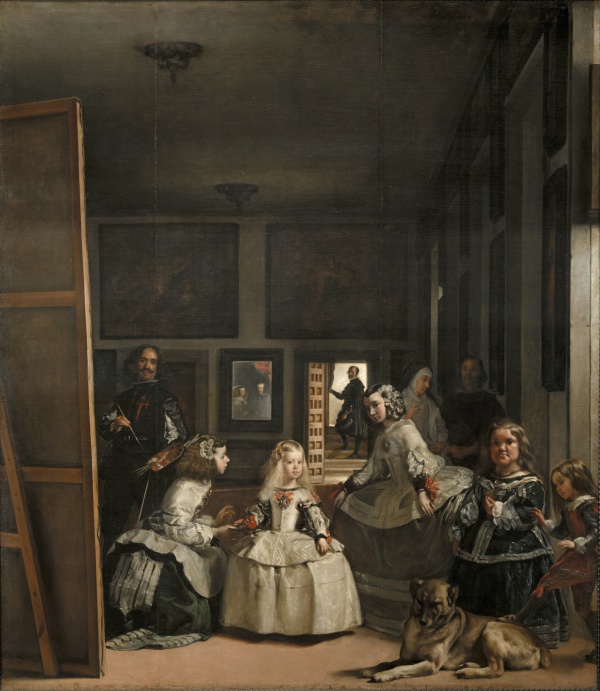Facts About Las Meninas
"Las Meninas" painted by Diego Velázquez in 1656, stands as one of the most acclaimed works of the Spanish Golden Age. This masterpiece is housed at the Museo del Prado in Madrid. Velázquez crafted a painting that artfully blurs the line between reality and illusion, making it a captivating study for art lovers and historians alike.
The painting centers on the young Infanta Margaret Theresa, surrounded by her attendants and members of the Spanish court. Velázquez himself is included in the scene, gazing outward toward the viewer, which adds an intriguing layer of complexity. One of the most captivating elements is the mirror in the background, reflecting the images of the king and queen, which adds depth and a sense of mystery.
Over the years, "Las Meninas" has been extensively analyzed and admired. Scholars describe it as a showcase of the limitless possibilities within the art of painting and a profound commentary on the medium itself. Velázquez's position within the Spanish court and his close relationship with the royal family add another layer of interest, as does his extraordinary attention to detail.
Art historians have meticulously examined the composition, the masterful use of light and shadow, and the deliberate placement of each figure. The interactions between the characters, the use of mirrors, and the play of reflections all contribute to the painting's enduring allure. This work has inspired countless artists over the centuries, including giants like Goya and Picasso, who have created pieces influenced by Velázquez's original.
"Las Meninas" continues to mesmerize and inspire. It remains a subject of ongoing fascination and interpretation, influencing numerous exhibitions and artistic responses. Its lasting impact secures its place as a cornerstone of Western art history.

 Gibraltar
Gibraltar